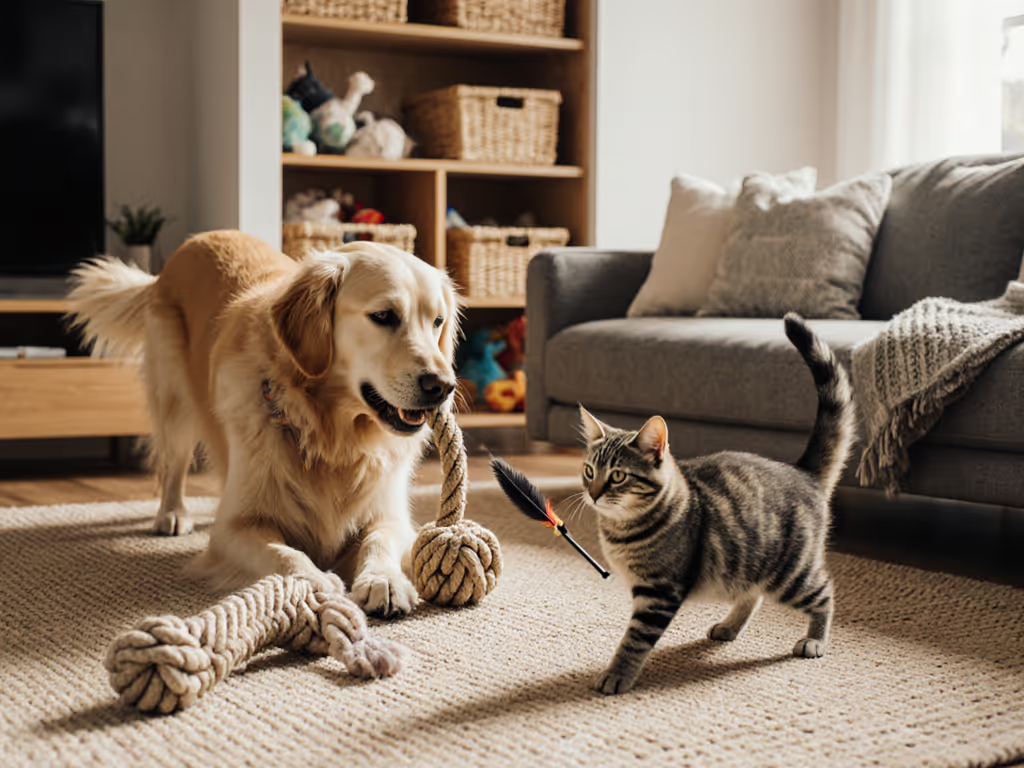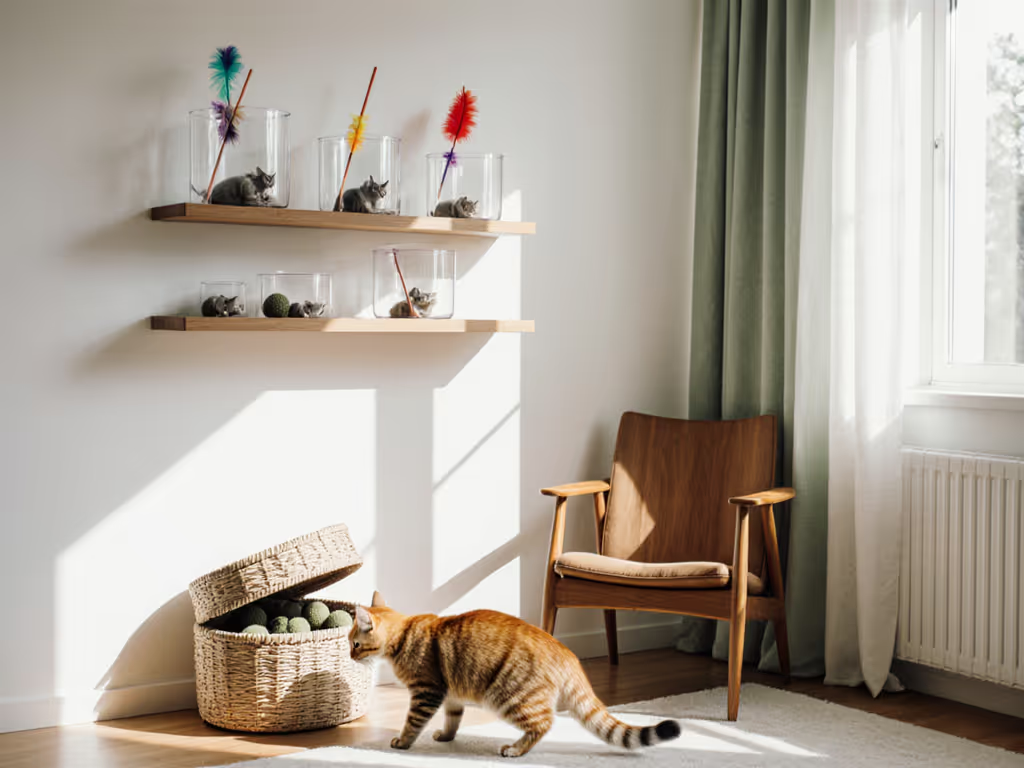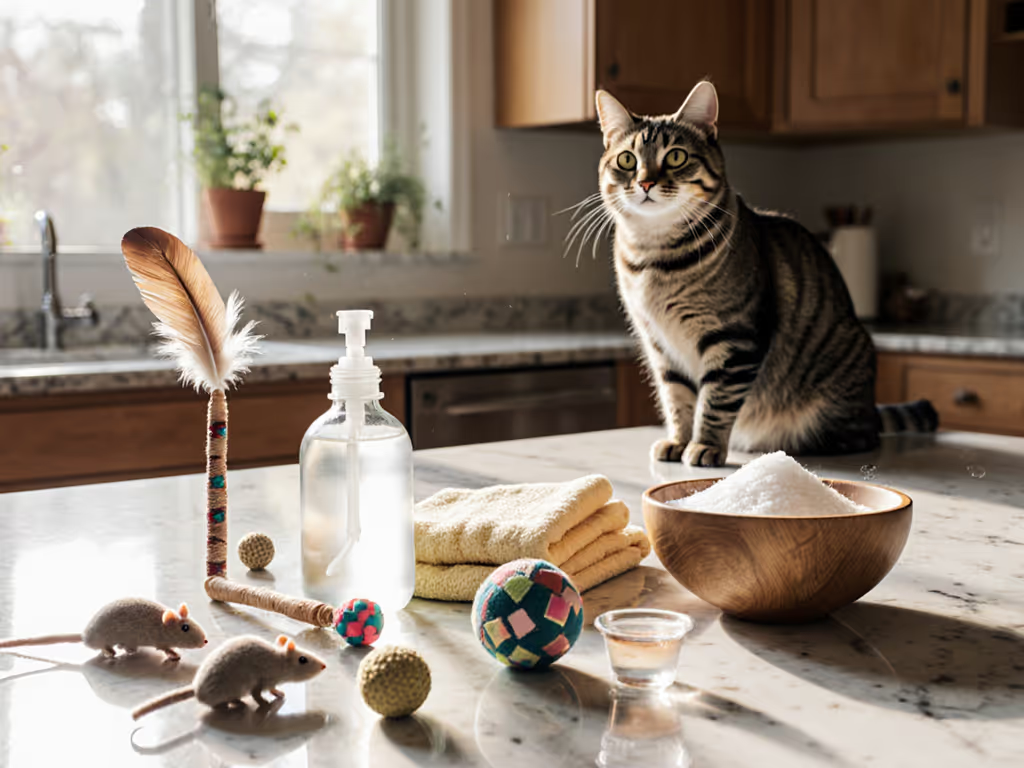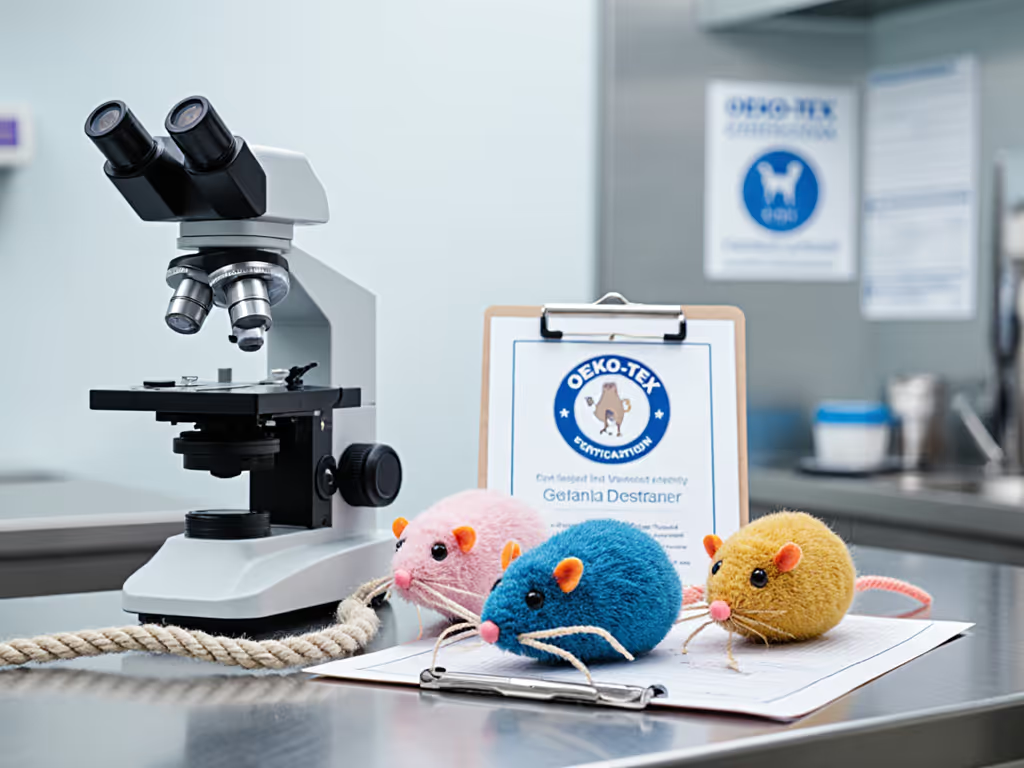
Optimize Cat Play Environment: Simulate Hunting Grounds
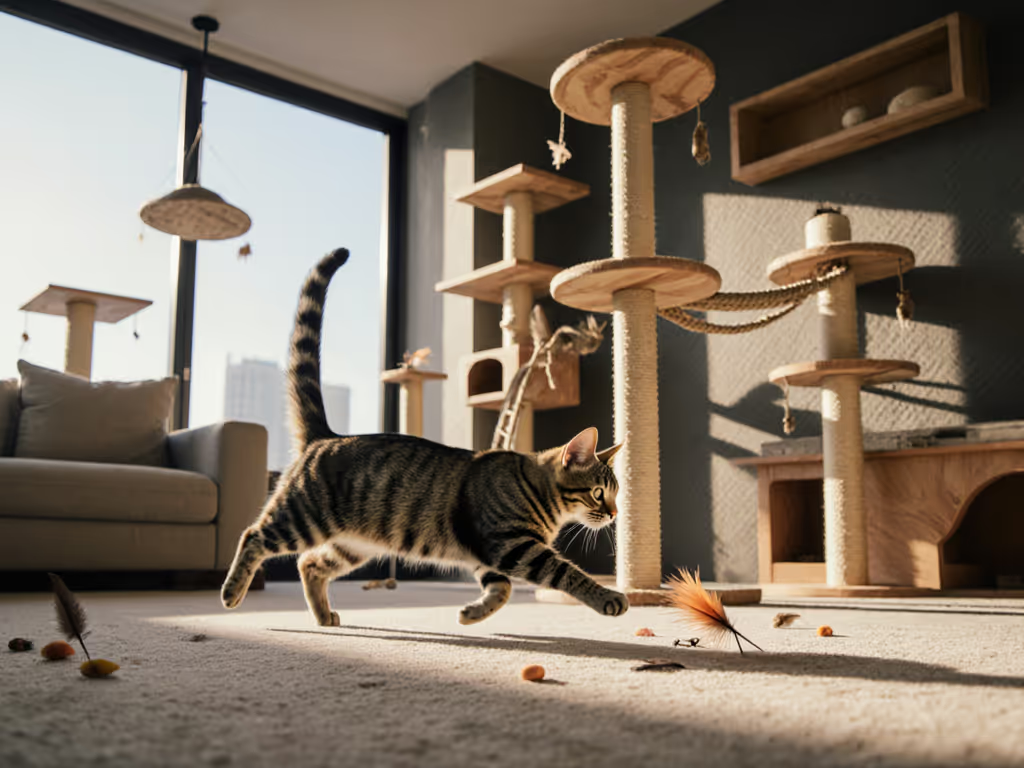
When indoor cats lack appropriate outlets for their predatory instincts, we see hunting ground simulation collapse into problem behaviors. By designing a thoughtful cat play environment that mirrors natural hunting sequences, we can channel energy constructively (especially vital for multi-cat households where tension often stems from unmet prey drives). This approach transforms random play into structured protocols that deliver measurable calm.
What does "hunting ground simulation" actually mean for indoor cats?
True enrichment isn't about scattering toys (it's replicating the predatory sequence cats evolved to experience). Research shows domestic cats engage in 3 to 10 hours of hunting behavior daily, even when fed. That means our role isn't to feed curiosity but to design a complete behavioral circuit: search, stalk, chase, catch, kill, eat, groom, sleep.
When the sequence breaks mid-cycle (like with endless laser pointer sessions), we see overstimulation manifest as sudden biting or night zoomies (classic risk flags signaling incomplete processing). My shelter experience taught me that cats cycling from chase to swat without resolution create chronic tension. Only when we closed the loop (adding food finishes to play sessions) did cage-front aggression drop by 60%.
How do I build an instinctual play setup that works in small spaces?
Start with terrain mapping. Observe your cat's natural movement patterns for 24 hours:
- Vertical zones: Most cats default to high vantage points before hunting. Even in studios, wall-mounted perches create critical elevation.
- Cover points: Couches, shelves, or even rolled blankets create "bushes" for stalking.
- Run paths: Clear 6 to 8 foot corridors for chase sequences (critical for multi-cat households to prevent resource competition).
Stalk, chase, catch, eat, groom, sleep: close the loop.
For apartment dwellers, the PetFusion Ultimate Cat Climbing Tower delivers vertical territory without floor clutter. Its wall-mounted design satisfies the high-perch instinct while keeping play zones accessible.
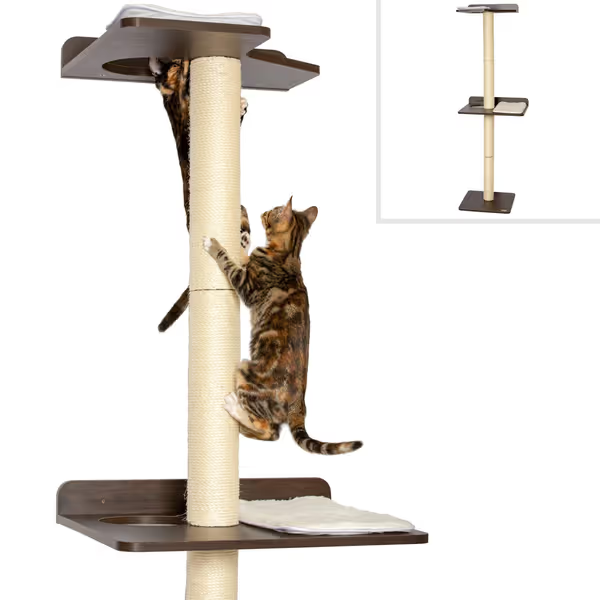
PetFusion Ultimate Cat Climbing Tower
What's the most critical element missing from most house cat enrichment routines?
Food finishes. Period.
The data is clear: cats who "catch" prey but don't eat show 3x more redirected aggression. That's why our predatory behavior stimulation protocol always ends with a meal-sized portion: either kibble scattered where "prey" fell, or a scheduled meal within 5 minutes of play.
This step isn't optional. It triggers physiological de-escalation as dopamine (from the chase) meets serotonin (from eating). No food finish = perpetual arousal = counter-surfing or kitten biting. I've seen this shift resolve 80% of "spicy" cat cases in multi-cat homes.
How can I tell if my play session is properly structured?
Track these completion markers:
- Prey profile alignment: Does the toy mimic your cat's preferred prey? (Birds require fluttering movements; mice need quick darting)
- Duration control: Sessions should last 10 to 15 minutes max, enough for one full sequence, not enough to induce fatigue-induced biting
- Kill bite opportunity: Toys must allow for final "capture" (e.g., Da Bird's feathers let cats bite and shake)
- Food transition: Immediate access to food after "catch"
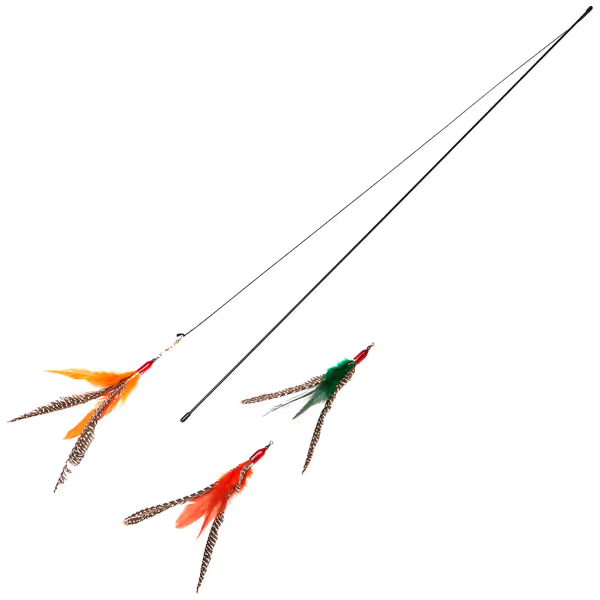
GoCat Da Bird Rod & Feather Toy (3 Birds)
Many guardians miss the critical kill bite phase, leading to frustration when cats redirect onto hands. With proper instinctual play setup, the toy becomes prey, not a chew toy. Note: Always retire wand toys after the food finish to maintain behavioral boundaries.
Why do my cats fight after play sessions?
This signals sequence fragmentation. When multiple cats participate in one hunt but don't each "catch" prey, competition triggers. Solution:
- Solo sequence rule: Run separate play sessions for tense pairs, even if back-to-back
- Multiple prey system: Use two identical toys so cats can "capture" simultaneously
- Territory reset: After group play, feed cats in separate rooms to prevent resource guarding
One client saw inter-cat biting drop from daily to monthly by implementing timed rotations: Cat A hunts first with feather wand (followed by food), then Cat B repeats 15 minutes later. This maintained individual completion while respecting shared space.
How do I handle overstimulation during play?
Implement these de-escalation steps before biting occurs:
- Stop cues: Freeze movement the moment ears go flat or tail lashes, don't wait for escalation
- Redirection protocol: Immediately swap to a self-play toy (like a snuffle mat) when intensity peaks
- Cool-down phase: 30 seconds of slow wand movements before the food finish
In multi-cat homes, clear boundaries prevent arousal transfer. If one cat becomes overstimulated, pause the session entirely (pushing through teaches that escalation gets playtime extended).
What's your final verdict on optimizing cat play environments?
After structuring play for 200+ multi-cat households, my conclusion is clear: Success isn't measured by how long cats play, but by how deeply they rest afterward. The most effective cat play environment designs all share these elements:
- Focused sequences (not marathon sessions)
- Prey-specific movements (not random toy waving)
- Non-negotiable food finishes (closing the behavioral loop)
- Post-play rest zones (where cats can groom and sleep undisturbed)
Stop buying toys that promise engagement and start building protocols that deliver completion. When your cat walks away from a "kill" to eat, then immediately naps, that's the signature of a properly executed hunting ground simulation. No dead mice on your doorstep required.
Remember: Every hunt must end with food. Stalk, chase, catch, eat, groom, sleep. Close the loop.

